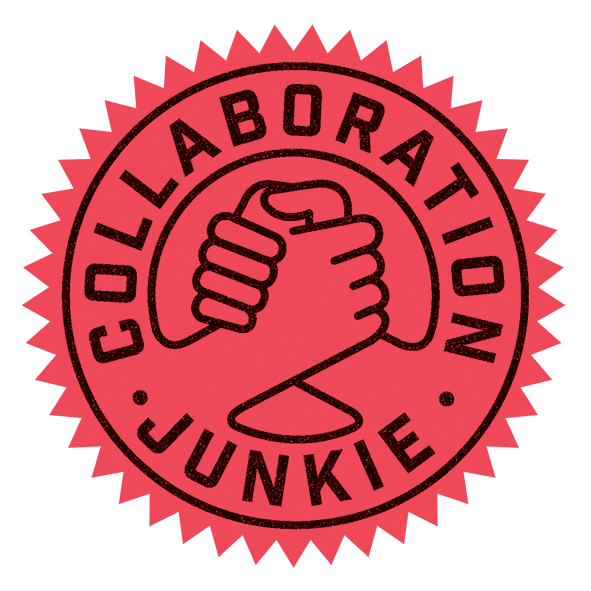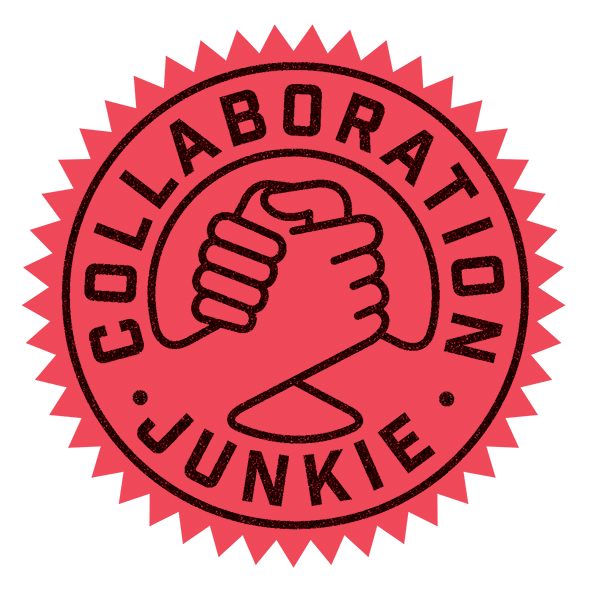Lessons From Lego
I finished building one of my favourite ever bits of Lego. It’s an ideal match for me, Lego and James Bond. The iconic Aston Martin DB5 as first seen in Goldfinger, and then throughout the many years and films that have followed since.
I was going I was going to just do a quick little post on this perfect collaboration, largely as an excuse to put the photo up, but then as I started to write, it really got me thinking about just how perfectly Lego have nailed not only the idea of working in partnership, but also their strategy for all aspects of it.
Lego had seen a decline in popularity in the not too distant past, but I think we can all agree that they are very much in the forefront once again. But you rarely see a Lego advert on telly.
Their success is fundamentally based on their partnerships with other well-known brands. If you walk into a toy shop, or any stockist of their products, the majority of the range on the shelf is partner related, with a smaller amount dedicated to their own sets. Think Star Wars, Harry Potter, Frozen, Marvel, Batman, the list goes on.
It’s not just about producing some clever sets though, they’ve absolutely been strategic in securing their market for both now and in the future.
On one hand they produce unique, higher cost sets, for people like me who grew up with Lego and like any excuse to let their childish side out. But…. this is where the partnerships are essential. They know that appealing to our creative or nostalgic nature isn’t enough to drive sales in the huge numbers they see today. No matter how nice or clever it is, I’m not buying a normal Lego set and then proudly putting it on a shelf in my office, or on the bookcase in the living room (much to Kelly’s, my better half, reluctance); but, combine it with another passion of mine and ‘bingo’ you’ve got me.
But in recapturing my market, they’ve also ensured their future market. Because, (although I likely would have anyway) there’s no way that I won’t be buying my kids a Lego set every birthday, and every Christmas (and sometimes in between); just like my parents did when I was a child. They are building huge brand loyalty across generations.
This is a post about partnerships so I’m not even going to touch on how they cement this market with the films and other merchandise – but suffice to say they are marketing masters.
Lego even do something that most people would advise against - they actually ask their customers where the next partnerships should come from.
Through their 'Lego Ideas' platform, dedicated Lego builders and fans build their own version of set’s they’d like to see. People then vote on them and if a set receives enough votes it moves through various stages. At the final stage (very few make it this far) Lego ask how likely you would be to buy the set, how many, and how much you would pay for it. Every few months one of the sets is then adapted by Lego HQ and put into commercial production. A famous example of this, it was featured on a TV program a couple of Christmases ago, is The Beatle’s Yellow Submarine set (which I also own J).
They’ve just nailed their outbound partner acquisition pitch.
Now, most people would want to partner with Lego anyway, I’m sure they have inbound partner requests all the time, but with this model they can approach new brand partners with a waiting list for the potential product. They’ve proved concept beforehand.
So, what lessons can we learn?
Lego really are a brand that absolutely knows their customers, and they are really strong at communicating their brand values, which we all buy into. It means that even though their range of partner products is hugely diverse, they all fit together well (no pun intended!).
Make sure you don't compromise your values when working partnership if you want to build strong customer loyalty, a partnership should be there to enhance that.
They tested the water with partnerships, it worked, and so they’ve now adopted it as a key strategy for their business – they must have people queuing up to work with them - but I'm sure not all were successful. You can do the same, dip your toe in the water, see what works, then double down on it.
And finally, when you’re out looking for new partners if you really want them to be a success don’t just think about who is already talking to your target market, think about what it is your market really wants, even if they don’t know it yet. Where you can you work with someone to not only increase exposure – but enhance either your own offering or theirs. That’s where the real magic will happen.
PS: If you’ve got this far, but the whole time have had a nagging question in your mind, then I’ll put you out of your misery. Yes, the car has the machine guns behind the lights, revolving number plates, pop up screen at the back, and a fully working ejector seat. It is sooooo amazing.

